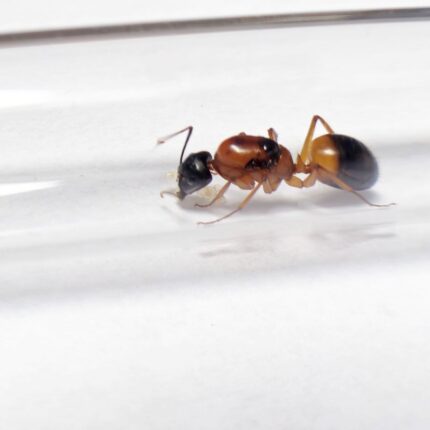
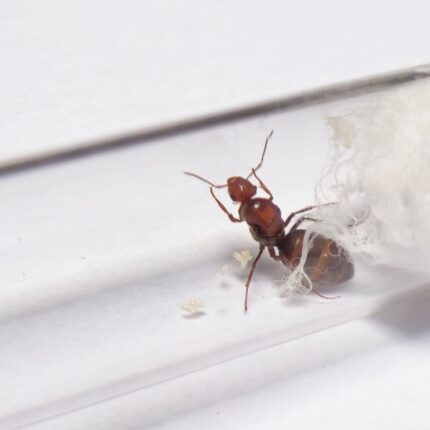
Myrmica rubra
49,90 zł – 189,90 zł
Myrmica rubra is an aggressive, fast-moving species perfect for experienced antkeepers. Its high colony growth, polygyne structure, and active foraging behavior make it exciting to observe. Best suited for those prepared for regular maintenance and who enjoy a more challenging species with real fire-ant personality.
| Behavior | |
|---|---|
| Difficulty in breeding | |
| Origin | |
| The size of ants | |
| Wintering |
Myrmica rubra
Colony Type: Polygyny (multiple queens common)
Colony Size: 2,000–10,000+ workers
Development Speed: Moderate
Size:
Queen: 6–7 mm
• Workers: 4–6 mm
• Monomorphic species — no distinct soldier caste
Diet:
• Insects: fruit flies, mealworms, crickets, roaches
• Sugar sources: sugar syrup (3:1 water to sugar or honey), honey, maple syrup
• Soft fruits: banana, apple, grape
• Protein jelly: accepted, especially during brood rearing
• Scavenging behavior: readily takes dead insects; remove leftovers to prevent mold
Behavior and Activity:
Myrmica rubra is highly active and aggressive, especially during foraging. They display strong recruitment and form dense trails to food sources. Colonies can house multiple queens and grow quickly, making them ideal for keepers interested in dynamic colony expansion and visible surface activity.
They possess a mild sting, which can cause irritation, so caution is advised when handling or opening the formicarium.
Optimal Conditions:
• Humidity: Arena: 40–60% | Nest: 60–80%
• Temperature: Arena: 20–26 °C | Nest: 22–27 °C
• Diapause required: 3–4 months at 4–8 °C (essential for long-term health)
Species Overview:
Myrmica rubra, also known as the European fire ant, is a widespread and hardy species found throughout Europe and parts of North America (as an introduced species). It thrives in moist environments such as meadows, forest edges, and gardens, often nesting under stones, logs, or in rotting wood.
This species is known for its flexible nesting habits, high queen tolerance, and intense activity levels. It is one of the few temperate ants that can establish very large polygynous colonies, making it both fascinating and demanding to keep. Ideal for naturalistic terrariums or moist nest setups.


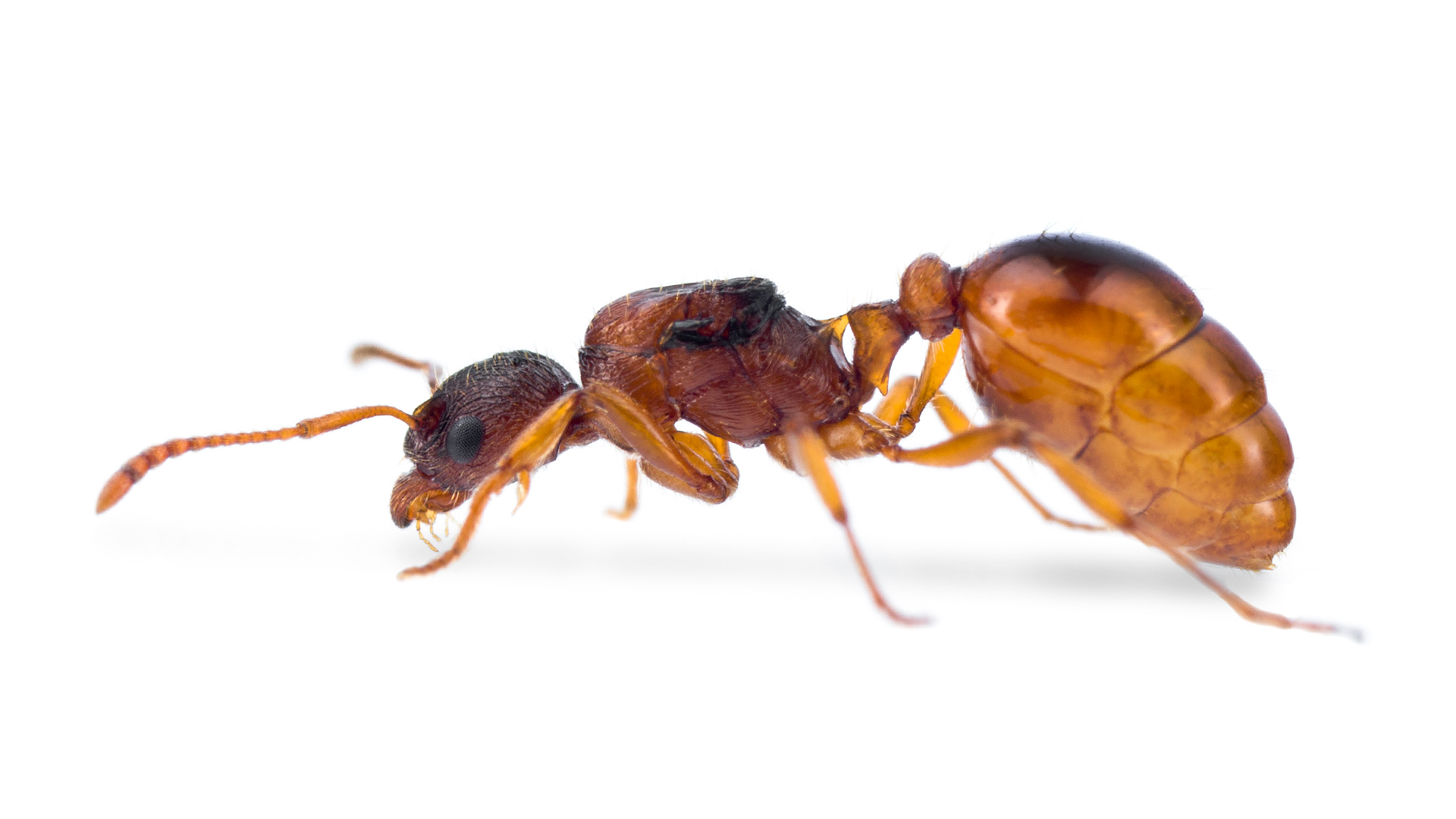
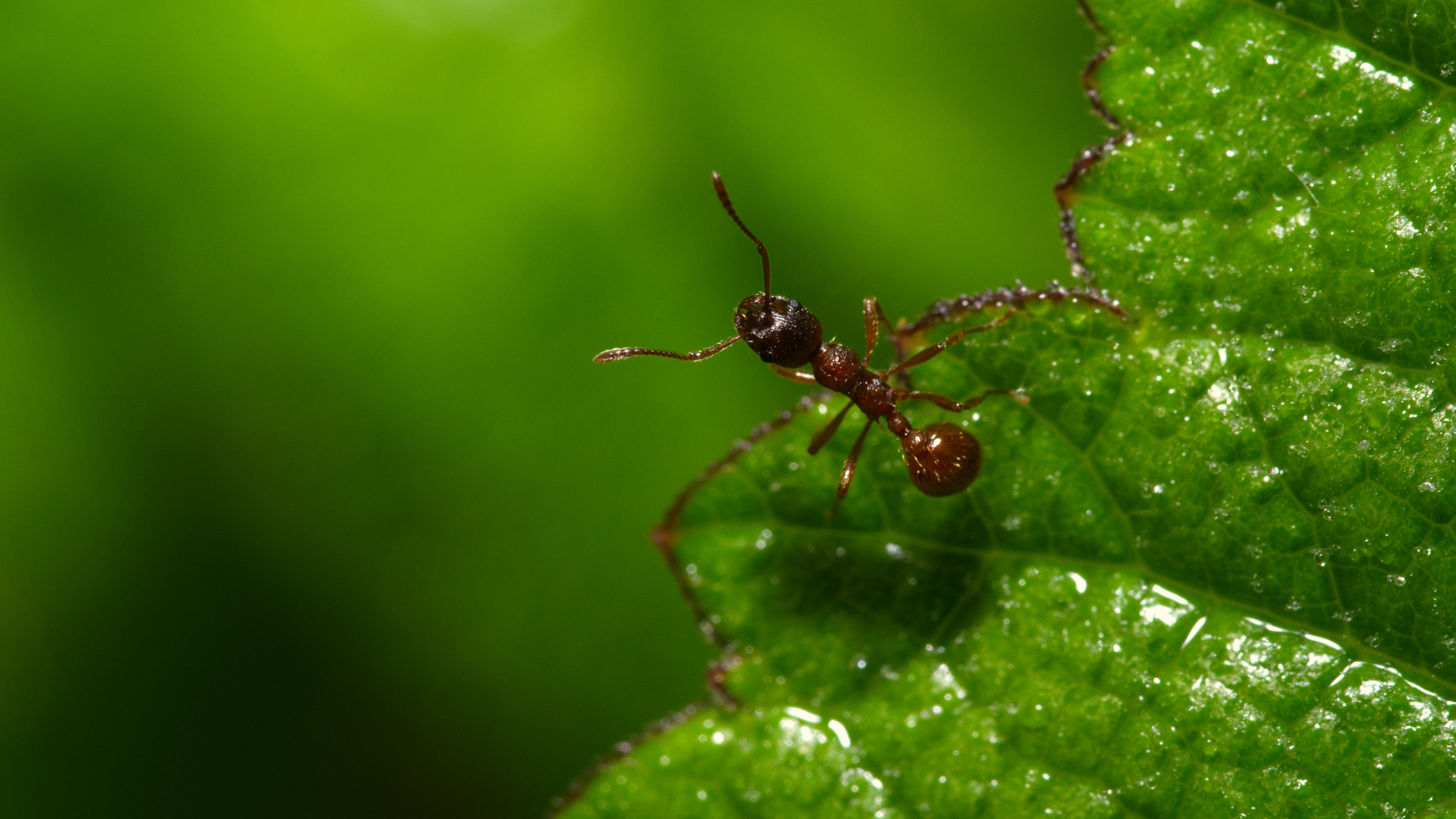
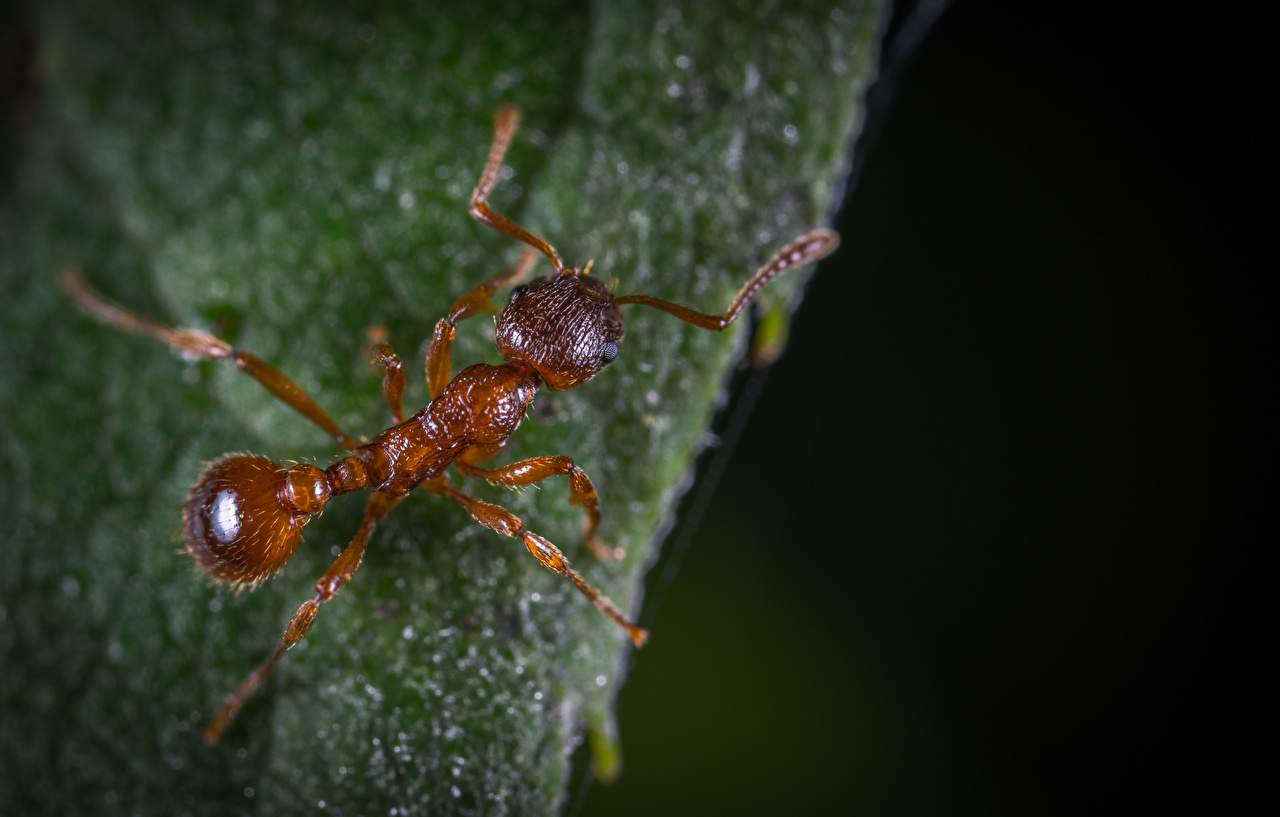



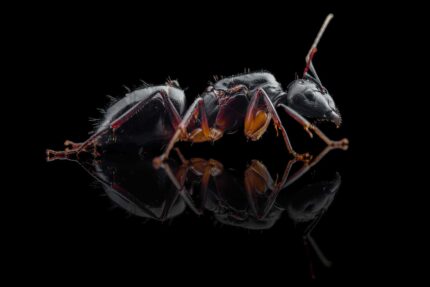
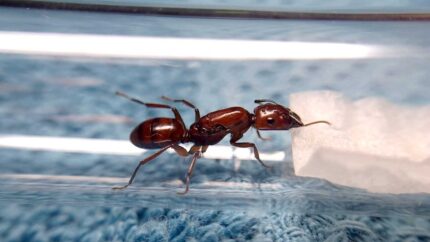
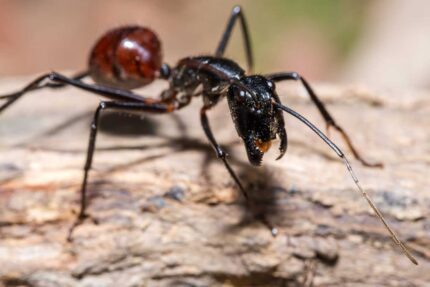
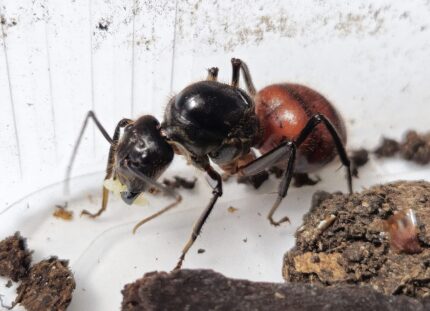
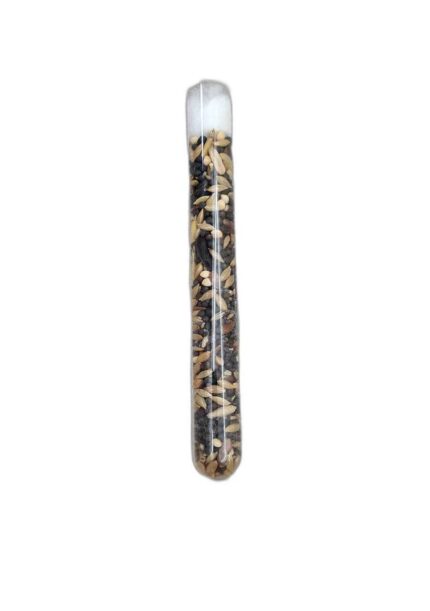
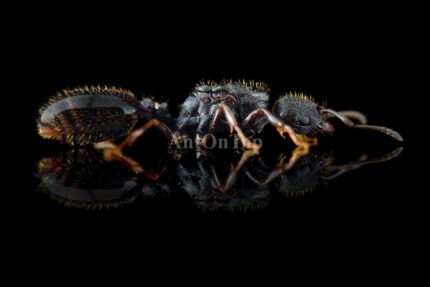
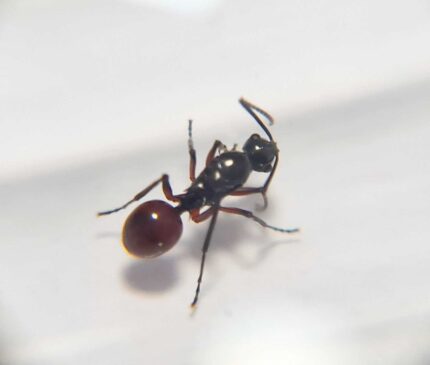
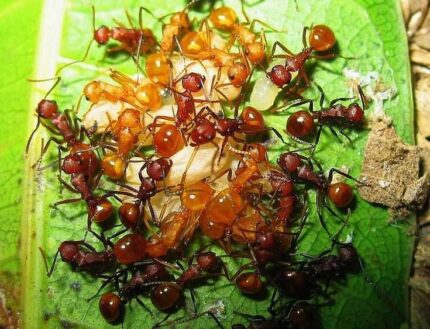
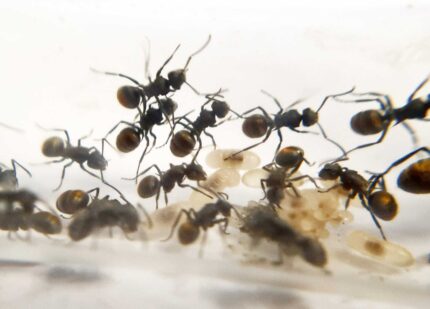
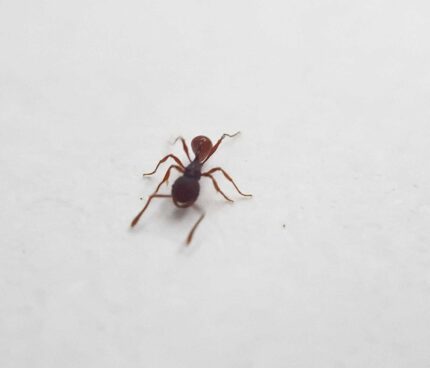
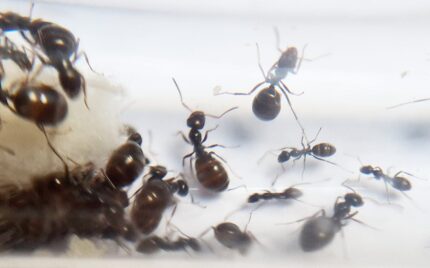
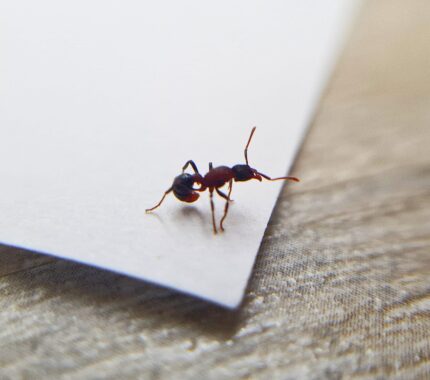
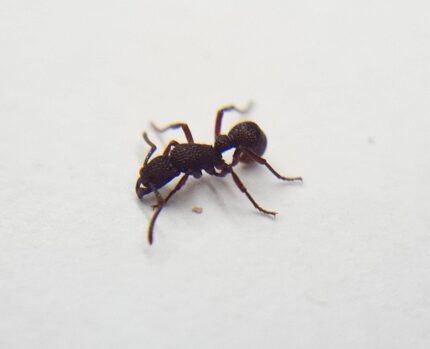
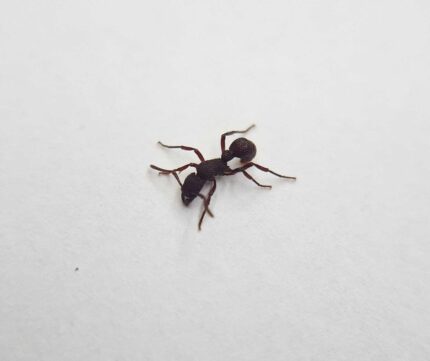
Valoraciones
Clear filtersNo hay valoraciones aún.